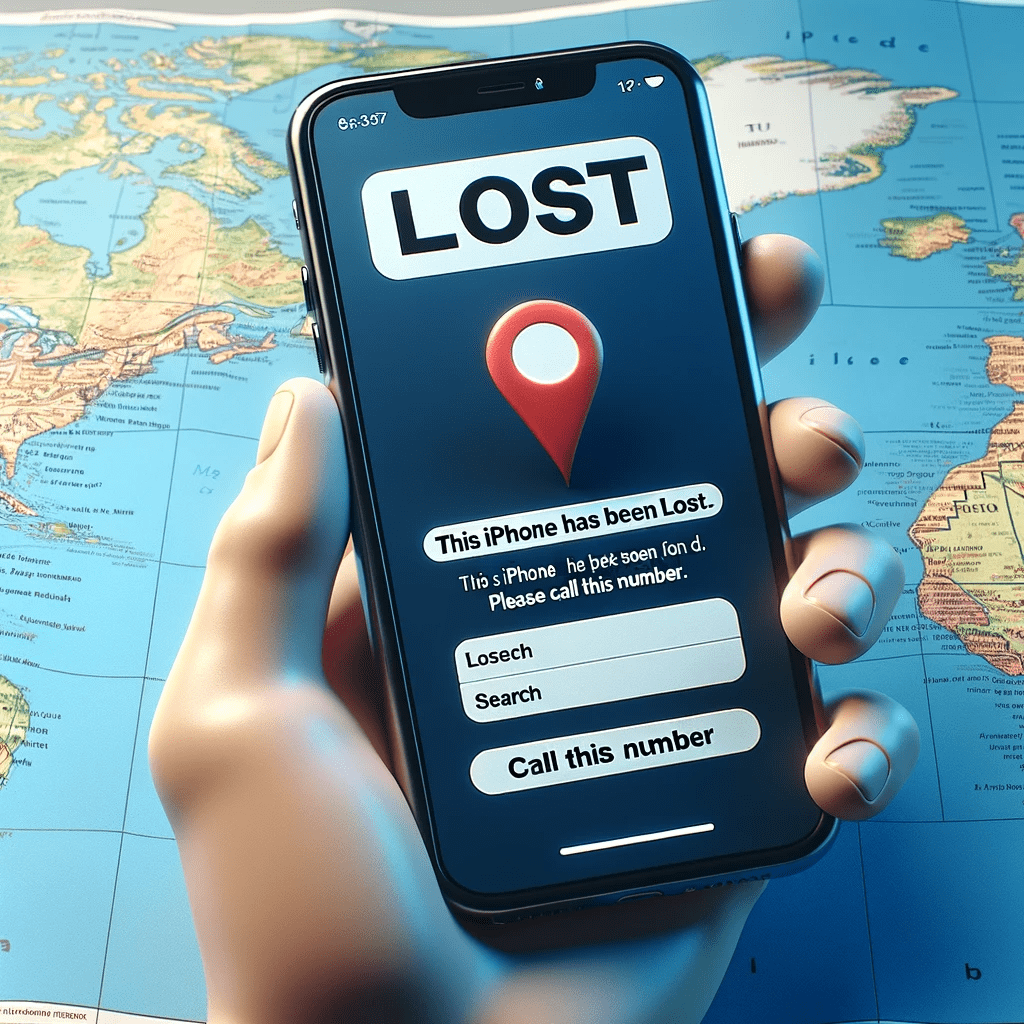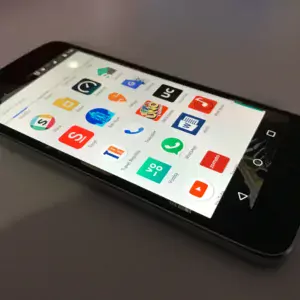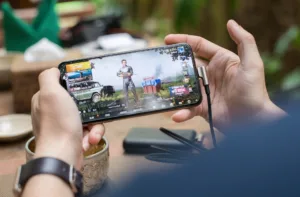Losing your iPhone can be a stressful experience, not just because of the device’s value, but also due to the personal data stored on it. If you find yourself in the unfortunate situation of having a “Lost or stolen iPhone,” it’s essential to act swiftly to secure your information and increase the chances of recovering your device. This article outlines a comprehensive plan for “securing lost iPhones” and provides steps to take in case of “iPhone theft.”
Lost or stolen iPhone
What is “Find My iPhone”?
“Find My iPhone” is a feature built into iOS that allows you to locate, lock, or erase your iPhone remotely. It’s an integral part of Apple’s iCloud services and is designed to help you keep track of your Apple devices.
Key Features of “Find My iPhone”
- Location Tracking: If your iPhone is lost or stolen, you can use another device or iCloud.com to locate your iPhone on a map.
- Lost Mode: This feature locks your iPhone with a passcode and displays a custom message with a contact number on your iPhone’s lock screen. It also tracks the device’s location.
- Remote Erase: If you believe your iPhone won’t be recovered, or you want to prevent access to your data, you can remotely erase all the content on the device.
- Play a Sound: Even if your iPhone is on silent, you can use “Find My iPhone” to play a loud sound, making it easier to find if it’s nearby.
Setting Up “Find My iPhone”
To use “Find My iPhone,” you need to set it up before your iPhone is lost or stolen:
- Enable iCloud: Sign in to iCloud with your Apple ID and ensure that “Find My iPhone” is activated. You can check this in your iPhone’s settings under your Apple ID, then tap iCloud > Find My iPhone.
- Keep Your Location Services On: Make sure that your location services are turned on, as “Find My iPhone” requires this to track your device’s location.
- Remember Your Apple ID: Your Apple ID is essential for accessing “Find My iPhone.” Keep your credentials secure and accessible.
Using “Find My iPhone” in Case of Theft or Loss
In case of Lost or stolen iPhone, immediately use “Find My iPhone” from another iOS device or by signing into iCloud.com. If your device is online, it will show its location on the map. You can then decide to lock it using Lost Mode, play a sound, or erase it remotely.
Immediate Actions to Take for a lost or stolen iPhone
- Use ‘Find My iPhone’: If you have enabled ‘Find My iPhone’ on your device, use it to locate your iPhone. You can access this feature through another iOS device or by signing into iCloud.com. For detailed guidance, visit Apple’s Find My iPhone page.
- Place Your iPhone in Lost Mode: Through ‘Find My iPhone,’ you can put your device in Lost Mode. This locks your device with a passcode and can display a custom message with a contact number on the lock screen. More information can be found on Apple Support.
- Report to Local Authorities: Report the loss or theft of your iPhone to local law enforcement. Provide them with the serial number of your device, which can be found on the original box or the receipt.
Protecting Your Data
- Change Your Passwords: Immediately change the passwords for your Apple ID and other sensitive accounts accessible from your iPhone.
- Remove Card Details from Apple Pay: If you use Apple Pay, remove your credit or debit card information. Instructions are available on Apple’s Apple Pay support page.
- Notify Your Carrier: Contact your mobile carrier to report your lost or stolen iPhone. They can disable your account to prevent calls, texts, and data usage.
Long-Term Precautions
- Regular Backups: Regularly back up your iPhone. This ensures that your data is safe and can be restored to a new device if needed. Learn more about backing up your iPhone on Apple Support.
- Activation Lock: Ensure Activation Lock is enabled on your iPhone. This feature prevents anyone else from using your iPhone. Read more about Activation Lock on Apple’s Activation Lock page.
- Be Prepared: Keep a record of your iPhone’s serial number and use strong, unique passwords for your Apple ID and other accounts.
What if “Find my iPhone” was not active?
Unfortunately, if “Find My iPhone” was not activated on your device prior to it being lost or stolen, it cannot be activated remotely afterward. The “Find My iPhone” feature must be enabled on the device itself while you have physical access to it.
Here are a few steps you can still consider if “Find My iPhone” was not active with a lost or stole iPhone:
- Change Your Apple ID Password: To prevent anyone from accessing your iCloud data or using your Apple ID, change your password immediately. This can be done through the Apple ID account page.
- Change Passwords for Other Accounts: If you had accounts (email, social media, banking, etc.) accessible on your iPhone, change those passwords as well.
- Report to Local Authorities: File a report with the local police. While they may not be able to track your iPhone, having a report can be useful for insurance purposes.
- Notify Your Mobile Carrier: Contact your carrier and report your phone as lost or stolen. They can disable your account to prevent fraudulent use.
- Monitor Your Accounts: Keep an eye on your financial and other sensitive accounts for any unauthorized activity.
- Check for Any Backups: If you have backups (such as via iCloud or a computer), check them to see what data you can recover.
- Alert Your Contacts: Let your family, friends, and contacts know that your phone was lost or stolen, in case the thief tries to extract information from them.
While these steps do not replace the utility of “Find My iPhone,” they are important for protecting your information and minimizing potential damage after losing your iPhone. For future reference, it’s highly recommended to enable “Find My iPhone” on any new device to safeguard against such situations.
Additional Resources
For more detailed information on iPhone security and protection, visit our Complete Guide to iPhone Security. You can also find more resources and tips in the security section of our blog.
Conclusion
Having a lost or stolen iPhone can be challenging, but taking quick and informed actions can help secure your data and increase the chances of recovering your device. Remember, preparation and awareness are key in handling such situations effectively.



